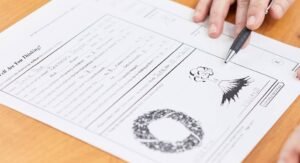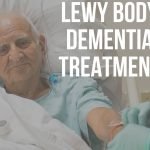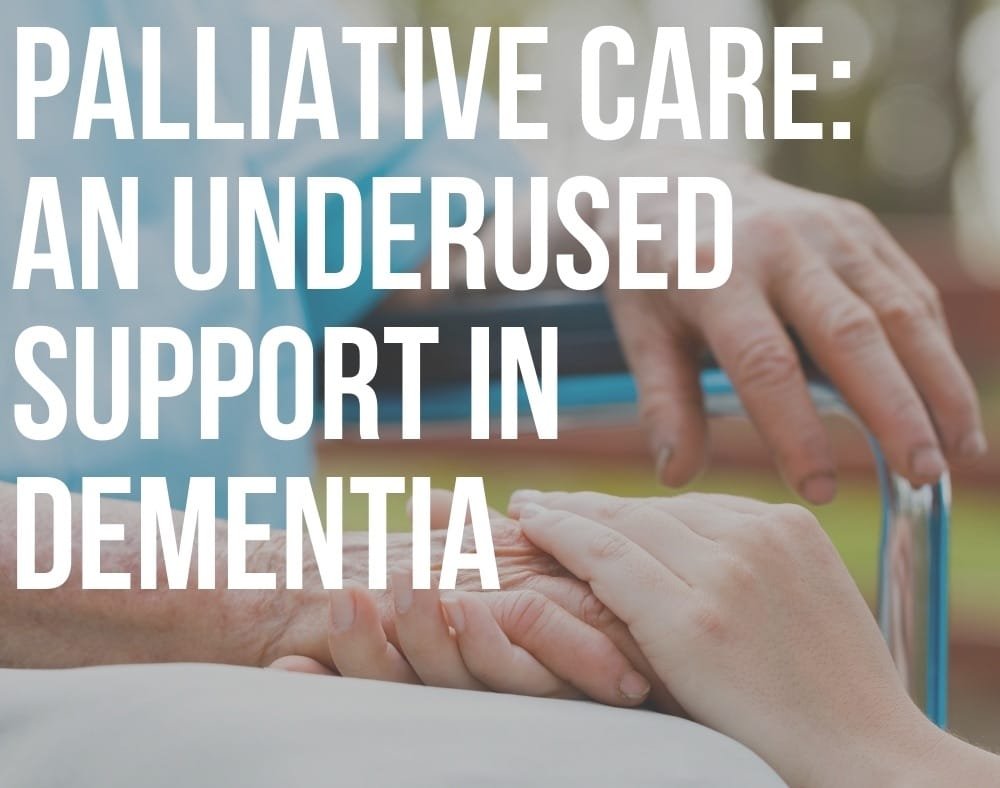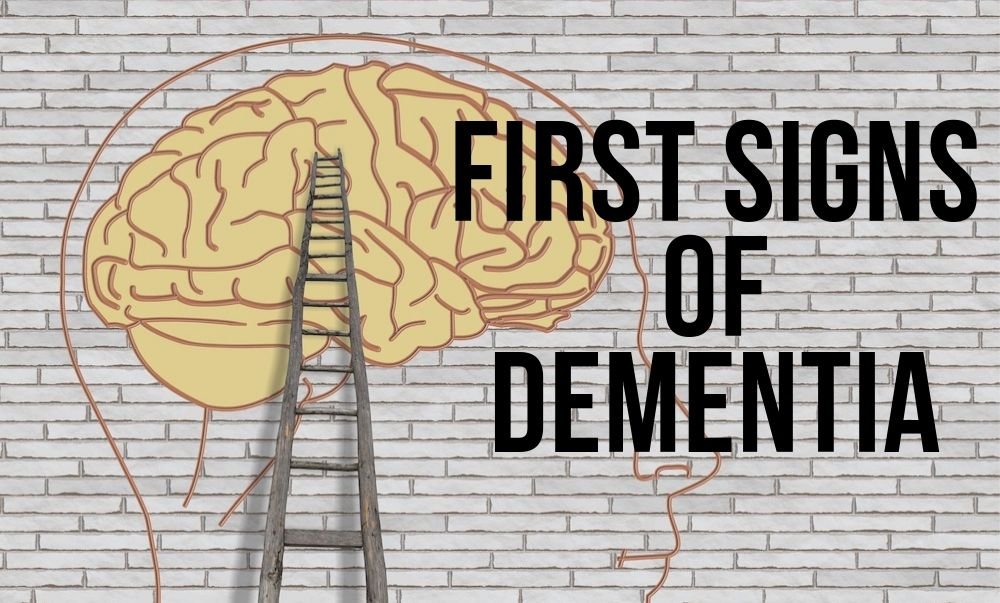The SAGE dementia test, also known as the Self-Administered Gerocognitive Exam, is a short cognitive assessment tool designed to help detect early signs of cognitive impairment and dementia.
The SAGE test includes several features that make useful as a screening tool:
Contents
Features of the SAGE Dementia Test
- Self-administered: The cognitive test can be taken by the person being screened, without the need for a healthcare professional to administer it.
- Brief: Only 15 minutes to needed to complete the test.
- Simple language: It uses easy-to-understand language minimizing confusion and helping ensure responses are accurate.
- Four cognitive domains: Cognitive function are assessed in four key domains. These are orientation, language, memory, and visuospatial ability.
- Cultural neutrality: It is designed to be culturally neutral, meaning it can be utilized by people from diverse backgrounds and languages.
- Scoring system: The test has a scoring system that helps to interpret results and identify dementia.
Note that the SAGE dementia test is not a diagnostic tool on its own. A thorough assessment by a qualified medical professional is necessary to determine a diagnosis of dementia or cognitive impairment.

Administering the SAGE Dementia Test
The test has four parts, each of which including questions/tasks that patients must complete. Here’s a sample of questions/tasks that patients may be asked to do during the SAGE test:
- Orientation: Questions to gauge the orientation to time and place. For example: “What is today’s date?” or “Where are we right now?”
- Language: Recall the names of animals, name common items and describe similarities between objects.
- Reasoning: Solve simple mathematical problems, identify the next number in a sequence, and follow a set of instructions.
- Visuospatial skills: Draw a clock face and set the time to a specific hour, and to identify the missing parts in a picture.
Also, the SAGE dementia test includes questions that assess executive function. Examples include: identifying the appropriate word to complete a sentence and recalling details from a short story.
Scoring and Interpreting the SAGE Cognitive Assessment

Scoring and interpreting the Self-Administered Gerocognitive Exam involves the following steps:
SAGE Test Scoring
Each question is scored separately. The total number of correct responses provide a raw score. A higher score indicates better cognitive function.
SAGE Test Interpretation
Taking into consideration of age and education level, this raw score is then converted to a standardized score. By doing so, it identifies and accounts for potential biases and differences in cognitive function that are based on factors to do with demographic.
Cut-off scores
The standardized score can then be compared to cut-off scores to identify the likelihood of dementia. For example, a score below a certain level may indicate a need for further evaluation or referral to a specialist.
Clinical judgment
The SAGE test does provide valuable information about cognitive function, however, it should be used in conjunction with other diagnostic tools and clinical judgment to establish an accurate diagnosis of dementia.
Overall, scoring and interpreting the SAGE dementia test requires careful attention to the specific questions and response options. It also requires consideration of demographics and other diagnostic information. Healthcare professionals who are trained in the use and interpretation of cognitive tests should be sort to make certain a diagnosis is accurate.
Health Professionals Planning

Healthcare professionals will assess the SAGE exam. If the test indicates cognitive impairment they may take steps to create a plan for further evaluation and treatment. These steps include:
Referral for additional testing
If the test shows a likelihood of cognitive impairment, the patient will likely be referred for additional testing to help identify the cause and severity of the dementia. Additional testing may be a more comprehensive cognitive test, blood tests or brain imaging.
Referral to a specialist
Subject to the suspected cause of the cognitive impairment, the patient may be referred to a neurologist, neuropsychologist, or geriatrician. The specialist will conduct further assessment.
Treatment planning
From the results of the test, professionals will work with the patient and their caregivers to set-up a treatment plan. The plan may include medications to manage underlying conditions or symptoms, cognitive training and rehabilitation, and lifestyle modifications.
Monitoring and follow-up
Dementia is a progressive condition. To monitor cognitive function and modify treatment plans as required, healthcare professionals may schedule regular follow-up appointments.
Limitations of the Self-Administered Gerocognitive Exam
The test is not a diagnostic tool on its own. Rather it is used as a screening tool that can assist with identifying people who may gain from further evaluation. The SAGE test is only the beginning of the process. Before a treatment plan can be put into place, further assessment will be required.
Download the SAGE Dementia Test
Download the SAGE dementia test HERE.
The SAGE test is difficult to administer online. It is better to download a test in your language and print it out to administer. If you are specifically looking for an online test, then you consider the Mini-Mental State Exam (MMSE). The MMSE test is a similar test that can be administered by a person who is not trained. It also takes only 15 minutes. Here is a link to the online MMSE test.
Sage Test Final Thoughts
The Self-Administered Gerocognitive Exam (SAGE) is a simple, convenient, and effective tool for testing for dementia across several domains. It can help individuals and healthcare professionals identify possible cognitive impairment and take appropriate actions to address it.
The SAGE test is not a diagnostic tool on its own and should be used in combination with other assessment tools and clinical evaluation.
If you, or someone you know, is experiencing cognitive decline or has concerns about cognitive function, it’s necessary to seek professional medical advice.
Acting early to identifying dementia can make a significant difference in managing cognitive impairment and improving quality of life.
There are a variety of tests for assessing cognitive decline. This article explains and compares 5 different dementia tests.







